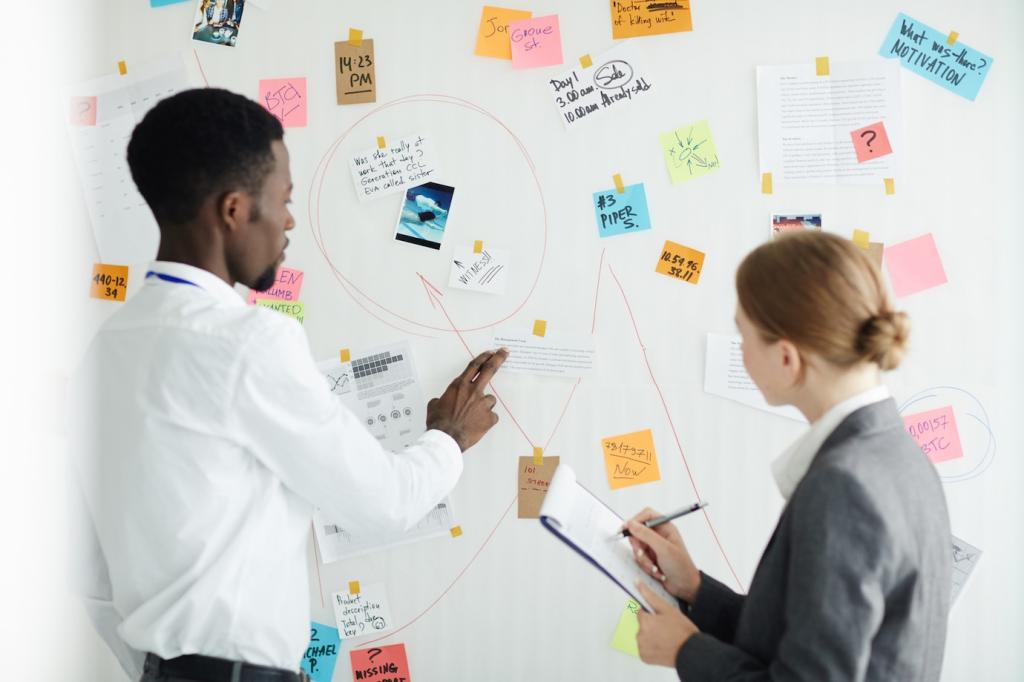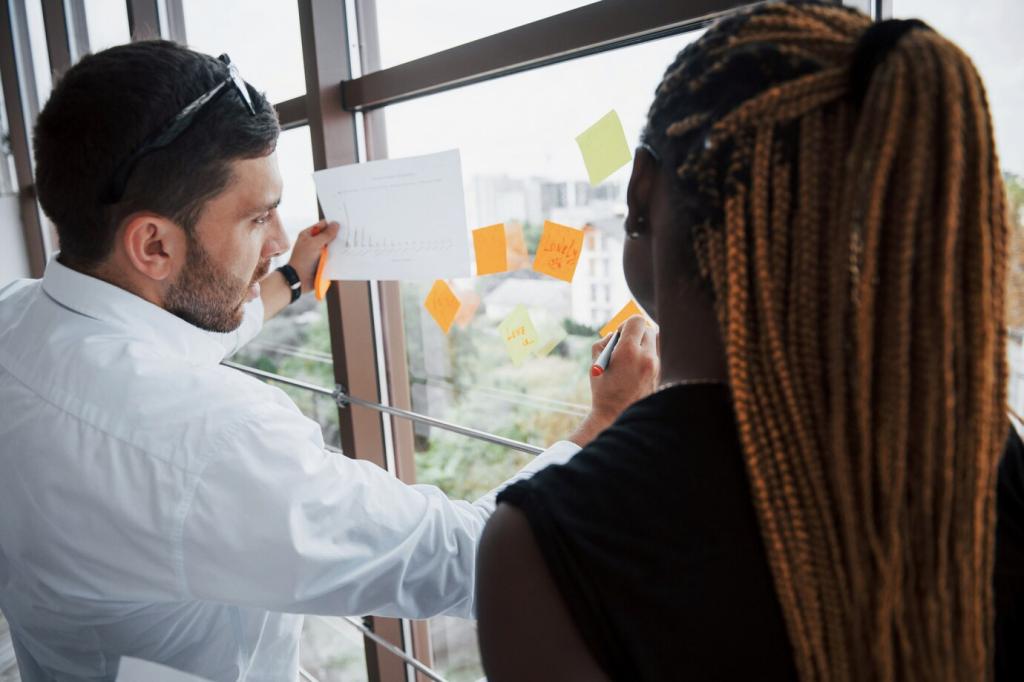Strategic Planning for Emerging Tech Consultation
Strategic planning in the realm of emerging tech consultation is the process of charting a clear path forward amid rapid technological change. This approach enables businesses to align their core objectives with evolving digital innovations, ensuring that disruptive technologies become catalysts for growth rather than sources of confusion. Expert consultation supports organizations in identifying key trends, minimizing risks, and optimizing resources, fostering a climate where innovation is both sustainable and actionable. By leveraging deep industry insight and robust planning techniques, companies can confidently navigate the future of technology and seize new opportunities ahead of the competition.


Assessing Current Market Trends
Staying ahead requires a detailed understanding of how new technologies are shaping industries. Market trends not only depict what is happening today, but also forecast where opportunities or threats may lie. Assessing these movements involves gathering actionable insights on the adoption rates, use cases, and performance of emerging technologies across different sectors. Companies that regularly monitor these trends are better positioned to identify innovations that align with their core competencies, ensuring a more agile approach to innovation planning and implementation.

Spotting Technological Disruptors
Disruptive technologies can alter the competitive landscape in a matter of months. Recognizing the signals of impending disruption enables organizations to adapt or pivot their strategies before major shifts occur. This involves examining factors such as technological feasibility, investment flow, and early adopter success stories. Spotting these disruptors provides a strategic advantage by allowing companies to stay ahead of market shifts and leverage emerging tech for first-mover benefits or improved resilience in their sector.

Identifying Key Stakeholders
The evolution of technology doesn’t occur in silos—it is a collaborative ecosystem involving innovators, adopters, regulators, and consumers. Identifying key stakeholders within this landscape is critical for effective strategic planning. By mapping the interests, influences, and contributions of these groups, organizations can anticipate partnerships, gauge regulatory impacts, and understand end-user needs. This holistic view ensures that responses to emerging technology are informed by the right expertise and guided by a broad comprehension of the ecosystem’s dynamics.
Crafting a Future-Proof Strategy
01
Aligning Innovation with Business Goals
True strategic value is realized when emerging tech initiatives reinforce your core business objectives. This alignment ensures that technology adoption is not pursued for its own sake, but is driven by goals such as operational efficiency, customer engagement, or competitive differentiation. Facilitating regular dialogue between technology and business leaders is essential for harmonizing the innovation roadmap with enterprise strategy. This alignment also makes resource allocation clearer, securing executive buy-in and streamlining implementation processes for maximum impact.
02
Building Adaptive Frameworks
The unpredictable nature of emerging technology means that rigid plans are likely to falter. Building adaptive frameworks allows organizations to respond effectively to new information, shifting market dynamics, or unexpected disruptions. Such frameworks incorporate principles of flexibility—such as iterative planning cycles, staged investments, and dynamic KPIs. These mechanisms ensure that strategy does not stagnate, but evolves in tandem with technological advancements, resulting in a responsive and resilient organizational posture.
03
Fostering a Culture of Agility
A future-proof strategy depends on the human element—an organizational culture that thrives on change and embraces ongoing learning. Fostering agility involves not only recruiting tech-savvy talent, but also nurturing curiosity, cross-functional collaboration, and continuous professional development. This culture encourages experimentation and tolerates calculated risk, allowing teams to iterate quickly and pivot when necessary. By emphasizing agility as a core value, companies cultivate an environment where innovative ideas flourish and adaptability is second nature.
Implementation and Change Management
Orchestrating Seamless Integration
The introduction of emerging technologies often requires integration with existing systems and processes. Seamless integration demands careful planning, technical assessment, and timeline optimization to ensure that disruption is minimized and productivity is maintained. Collaboration between IT, operations, and business leaders is vital to identify potential integration barriers and design solutions that are scalable, secure, and compatible with current frameworks. This approach reduces friction, expedites adoption, and enhances overall performance.
Managing Organizational Change
Change can be met with skepticism or even resistance, particularly when it challenges established roles or routines. Effective change management starts with clear communication—a transparent narrative that articulates why the change is necessary, what benefits it brings, and how it aligns with broader strategic objectives. Continuous engagement—from leadership modeling new behaviors to hands-on training and support—builds trust and confidence. With the right change management strategy, organizations cultivate resilience and motivation to embrace rather than resist new directions.
Training and Skill Development
With every new technology comes the need for new capabilities. Training and skill development initiatives provide the workforce with the knowledge and competencies required to leverage emerging technologies fully. This includes both technical skills and soft skills such as adaptability, problem-solving, and collaboration. Investing in tailored learning programs not only supports current implementation goals but also empowers employees to contribute to ongoing innovation, ensuring the organization remains future-ready.
